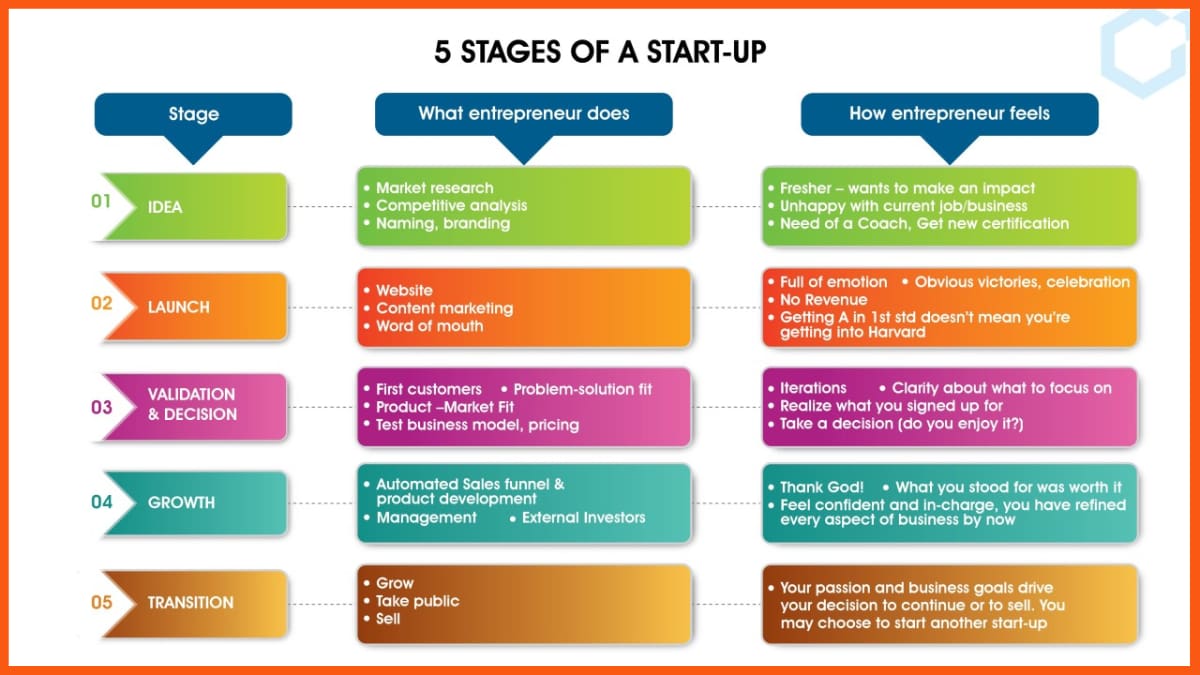This article has been contributed by Sumit Sabharwal, CEO, TeamLease HRtech.
Our working practices are being redefined by current advancements in AI technology. Generative AI products for text, photos, audio, and videos have become available over the last few years. The numerous generative AI tools for creating various types of content include ChatGPT, Dall-E, PlayHT, and Descript, to name just a few. Numerous firms are using these goods to quickly and effectively speed up their operations because they are more widely available and because of the fierce competition among them, which keeps prices low. The demand for workers who can use these electronic goods proficiently develops along with adoption. The job market landscape is changing as a result of the ongoing development of artificial intelligence.
Let us discuss how AI is set to change job requirements across different sectors.
Human Resources
Marketing
Finance
Operations
Human Resources
The Human Resources division relies heavily on text content for day-to-day operations. Job descriptions, employee contracts, handbooks and policies, training materials, employee communications, legal and compliance paperwork, etc. must all be written by HR professionals. With the use of text-generating AI systems, all of these content requirements can be met. The key difficulty, however, is choosing the appropriate prompt so that the information generated properly satisfies the task’s requirements.
For this reason, businesses will require HR specialists who can produce suggestions swiftly and effectively.
In the future, generative AI will be integrated into various HCM platforms. Employers will feed generative AI-enabled HCM platforms with their proprietary data, which HR experts will then analyze to forecast attrition, the need for employee engagement activities, and other factors. More HR professionals will need to learn about generative AI technologies as AI continues to permeate the HR IT sector.
Marketing
The fundamental prerequisite for marketing to work is content. No marketing endeavor, including advertising, social media, email marketing, and content marketing, is possible without content. Compared to HR, the marketing department’s content needs are far more varied. In addition to text, marketing also requires assistance with graphics, videos, and audio. Therefore, marketing professionals must be adept at employing all varieties of generative AI tools.
To accelerate their research, content writers must be skilled at crafting the appropriate triggers. Graphic designers and social media marketers will need to hone their abilities in the area of quick artistic inspiration generation for the purpose of creating fresh design concepts. AI tools that generate images from word prompts will be used for this. For animations, voiceovers, and other purposes, video creators would also need to learn AI techniques. In order to hire marketing personnel with these talents, businesses will do so.
Finance
Another industry where AI will affect employment needs is the finance sector. An organization’s financial operations, including responsibilities like financial analysis, budgeting, forecasting, financial reporting, and risk management, are managed by the finance department. These duties include evaluating financial data, keeping an eye on cash flow, making sure regulations are followed, and making smart financial decisions. The volume and complexity of financial data, time-consuming manual processes, and the requirement for accuracy in financial reporting are just a few of the difficulties faced by finance professionals. For instance, producing thorough financial reports and manually analyzing massive datasets can be time-consuming tasks subject to human error.
With generative AI’s assistance, these problems can be solved. Insights for forecasting and risk assessment can be obtained through generative AI technologies, which can also automate data analysis and expedite financial reporting procedures. As an illustration, a financial analysis tool driven by AI can quickly analyze a large amount of financial data. Financial analysts can use generative artificial intelligence (AI) to analyze and spot patterns and trends that could have gone unnoticed by providing generative AI with raw financial data and the key performance indicators (KPIs) they want it to use.
Financial professionals must have the knowledge and abilities required to apply generative AI to their company’s data sets because it has the potential to revolutionize their line of work. It becomes crucial for finance professionals to be proficient in using a variety of analysis tools and algorithms since doing so can help them make accurate predictions and well-informed judgments on budgeting, investments, and financial strategy.
Operations
The production and distribution of goods and services inside an organization are managed and optimized by the operations department. This calls for activities like logistics planning, inventory management, production scheduling, supply chain management, and quality assurance. However, locating bottlenecks, accurately predicting demand, and maintaining high levels of productivity and efficiency are difficulties that operations professionals frequently encounter.
Operations professionals can overcome these obstacles with the help of generative AI. Generic AI solutions can discover inefficiencies in the production process, optimize inventory management, and enhance supply chain operations by analyzing massive datasets. Operations teams may more effectively plan production schedules and allocate resources when using AI algorithms, which can estimate demand accurately by, for instance, analyzing past sales data and outside influences. By spotting patterns and abnormalities in manufacturing data, generative AI may also improve quality control procedures and guarantee high product quality.
Operations experts must develop the appropriate skills in order to benefit from generative AI. They should become knowledgeable about how to use and comprehend the insights produced by AI tools. In order to create and implement customized AI models that are catered to certain operational demands, collaboration with data scientists and AI specialists becomes essential. Operations personnel can improve their decision-making skills, streamline processes, and raise operational effectiveness by learning about generative AI.
In conclusion, the use of AI technologies is growing and is expected to continue growing in the future. To increase their productivity, a number of corporate sectors, including marketing, finance, operations, and others, need to adopt these solutions. The significance of learning AI abilities must be understood by professionals in every industry. They will be better able to adapt to the changing market, contribute to the success of their organizations, and successfully negotiate the shifting technology landscape if they add AI proficiency to their skill set.












































